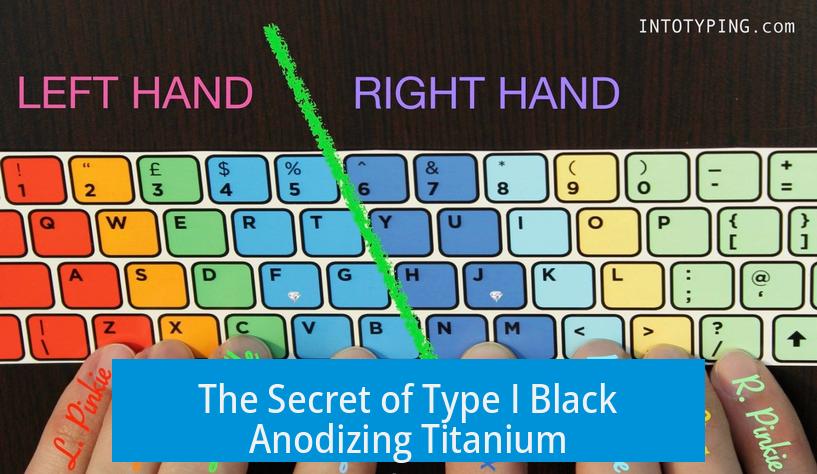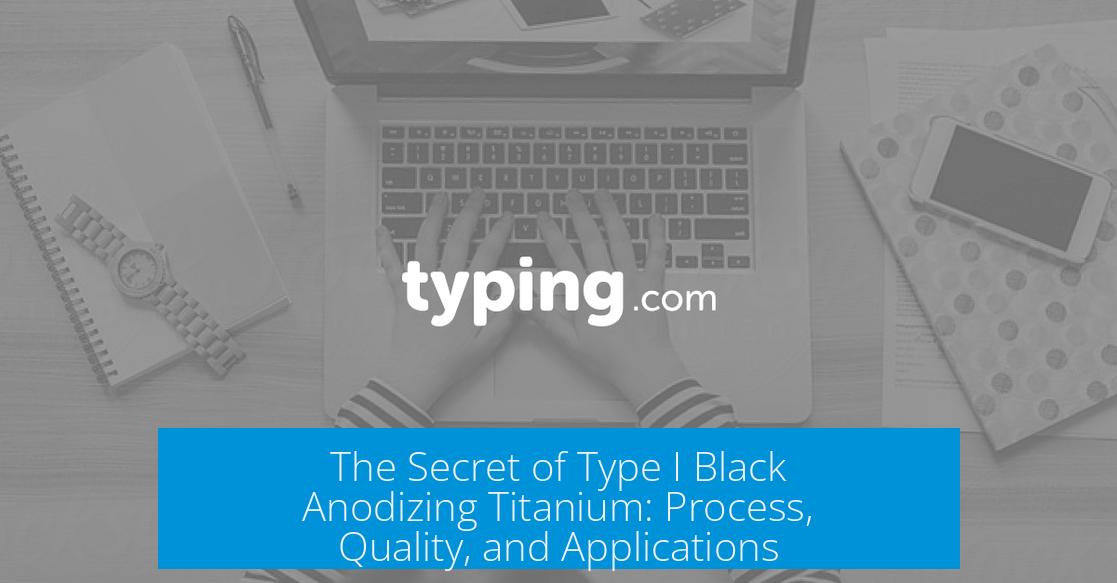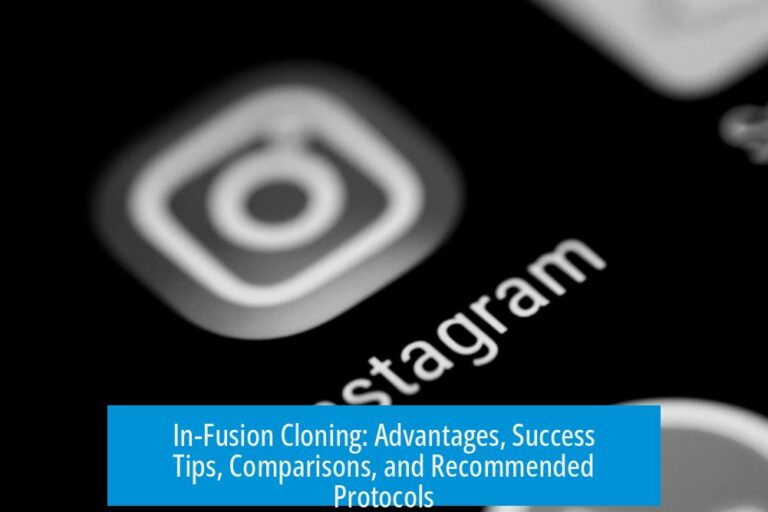The Secret of Type I Black Anodizing Titanium

Type I black anodizing of titanium is achieved using a manganese sulfate-based electrolyte. This method, once a guarded secret, was uncovered through careful patent analysis and involves preparing an electrolyte solution of manganese sulfate powder mixed with distilled water to produce a durable, black titanium oxide layer during anodizing.
How Manganese Sulfate Enables Black Anodizing
The key breakthrough lies in using manganese sulfate as the electrolyte. Not all forms of manganese sulfate are suitable; the pure powder form works best when dissolved in distilled water, creating optimal conditions for titanium anodizing.
- Manganese sulfate powder is dissolved in distilled water as the electrolyte.
- This electrolyte replaces traditional anodizing solutions for colored titanium finishes.
- The electrical process forms a thick, uniform oxide layer that appears black.
Process Parameters and Surface Preparation

Before anodizing, titanium surfaces require precise preparation to ensure adhesion and consistent oxide formation.
| Step | Details |
|---|---|
| Etching | Use an HF-free etchant: 114g ammonium persulfate and 21g sodium fluoride in 1 liter distilled water, heated to 60°C. |
| Surface | Etch until frosted or sandblasted texture appears; this enhances oxide layer formation. |
| Anodizing | Immerse titanium in manganese sulfate electrolyte and apply current; voltage and time affect oxide thickness. |
| Post-treatment | Optionally perform hot water sealing to improve hardness and wear resistance. |
This preparation avoids hazardous hydrofluoric acid and encourages a consistent anodic film for the black finish.
Finish Quality and Durability
The black titanium finish produced by manganese sulfate anodizing shows promising scratch resistance. Initial tests with utensils suggest the anodized layer withstands moderate wear without easily scratching or flaking.
- Oxide layer firmly bonds to titanium substrate.
- Wear resistance is comparable to or stronger than conventional anodized colors.
- Durability suits everyday applications such as cutlery and personal accessories.
High-Temperature Anodizing and Sealing
Type I anodizing generally involves high-temperature processes. Evidence suggests that post-anodizing hot water sealing enhances the oxide layer’s hardness and longevity.
- Hot water sealing at elevated temperatures strengthens the anodic film.
- The process balances decorative appeal with functional wear resistance.
- Allows use in environments exposed to heat or physical stress.
Applicability and Limitations
The method is ideally suited for titanium. Attempts to apply it directly to steel risk corrosion and uneven oxide formation due to steel’s electrochemical nature.
In knife modding, hobbyists combine anodized titanium blades with steel components treated separately by acid baths and stonewashing. This achieves aesthetic coherence without exposing steel to damaging anodizing conditions.
Combination with Other Anodizing Effects
Localized surface preparation, such as sanding, allows selective anodizing colors. Therefore, black anodized highs and corners can coexist with blue or purple anodized sections, increasing design versatility.
- Orthogonal anodizing enables multi-color effects on one piece.
- Requires precise masking or sanding to control oxide thickness and color.
- Catering to personalized modding or artistic preferences.
Safety and Usage Considerations
Questions about manganese sulfate anodized titanium’s safety arise when used in devices exposed to heat and human contact, such as titanium vaporizers.
- The finish is chemically stable and safe under typical operating temperatures (up to ~220°C).
- It compares favorably to traditional baking soda anodizing techniques in safety profile.
- Further testing is advisable for continuous food contact or vapor pathways.
Summary of Key Points
- Type I black anodizing titanium uses manganese sulfate electrolyte discovered through patent research.
- Only manganese sulfate powder dissolved in distilled water yields the desired black finish.
- Surface preparation via HF-free etching followed by anodizing and optional hot water sealing ensures quality.
- The finish is durable, scratch resistant, and suitable for functional as well as decorative use.
- The process is limited to titanium; steel parts require separate treatment.
- Multi-color anodizing is possible by selective surface preparation.
- Safety for heated, mouth-contact devices is adequate but merits verification for specific use cases.
What type of manganese sulfate is needed for Type I black anodizing on titanium?
The process uses manganese sulfate powder mixed with distilled water to create the electrolyte. Other forms like supplements or fertilizer are not recommended. Using powder ensures proper anodizing and better finish quality.
How durable is the black anodized finish using manganese sulfate?
The black finish shows strong wear resistance and is tougher compared to traditional anodizing colors. It can withstand scratches from typical use, such as on utensils, making it practical for everyday applications.
Does this anodizing method involve high temperature or hot water sealing?
This Type I anodizing process can include a hot water seal after anodizing. The high temperature treatment helps improve the finish’s durability and stability but is not mandatory for every application.
Can this black anodizing technique be used on steel parts or just titanium?
The method is designed for titanium. Applying it to steel risks corrosion and damage from the anodizing current. Steel parts often need protective coatings like nail polish to prevent dissolution during anodizing.
How should titanium surfaces be prepared before black anodizing?
Titanium should be etched using a hydrofluoric acid-free bath, such as ammonium persulfate with sodium fluoride heated to 60°C. This creates a matte or frosted surface, essential for achieving a good anodized finish.
Is the manganese sulfate anodized titanium safe for devices exposed to heat and mouth contact?
While traditional baking soda anodizing is well-known for safety, manganese sulfate anodizing is less documented. Caution is advised for devices like vaporizers that have direct mouth contact and heat exposure. Further testing is recommended.





Leave a Comment